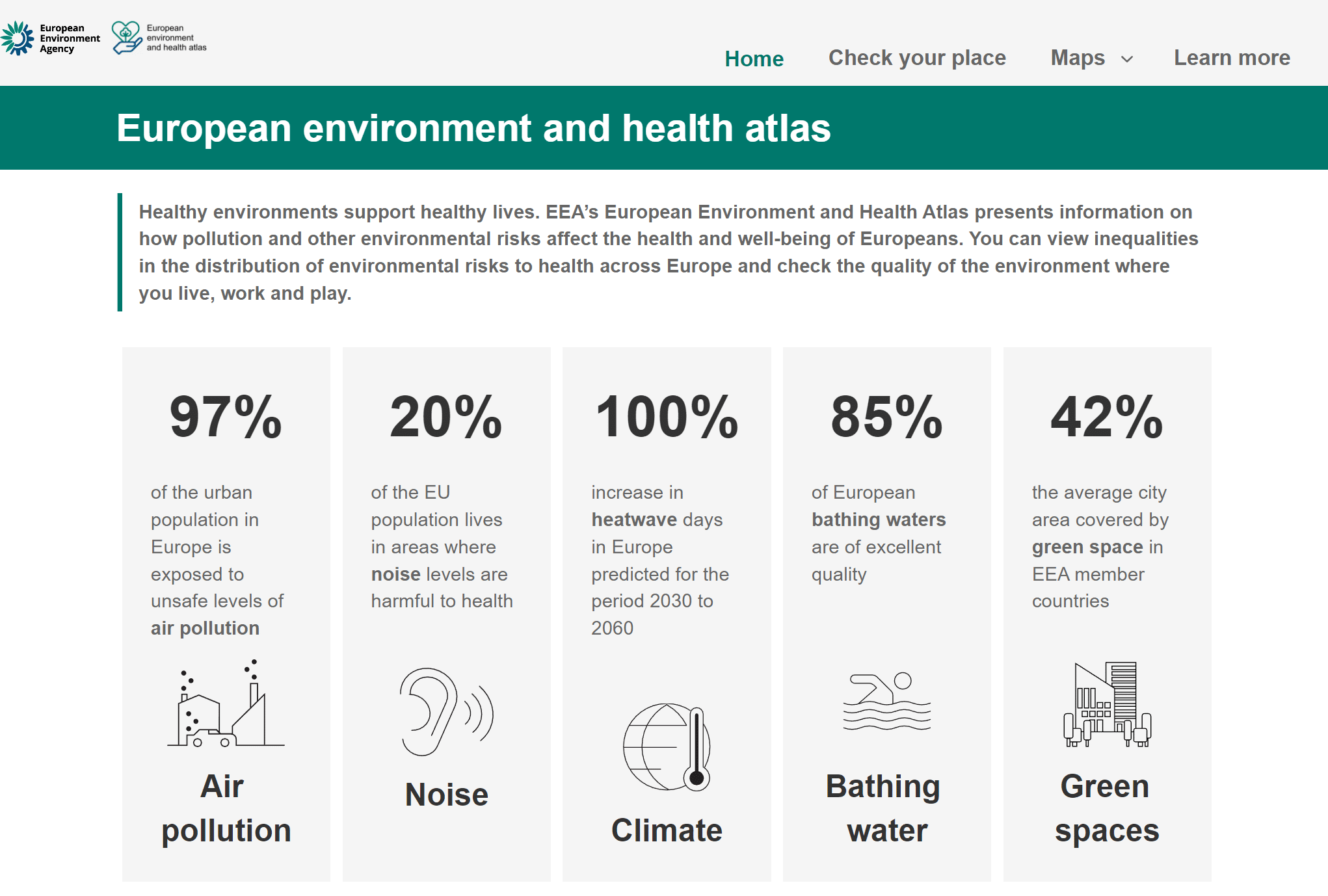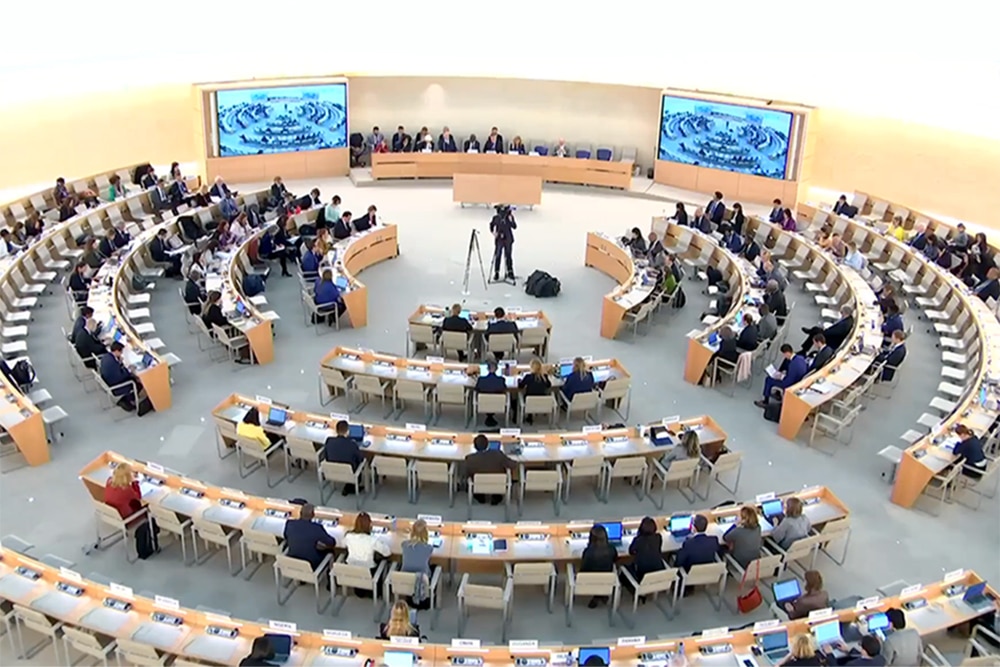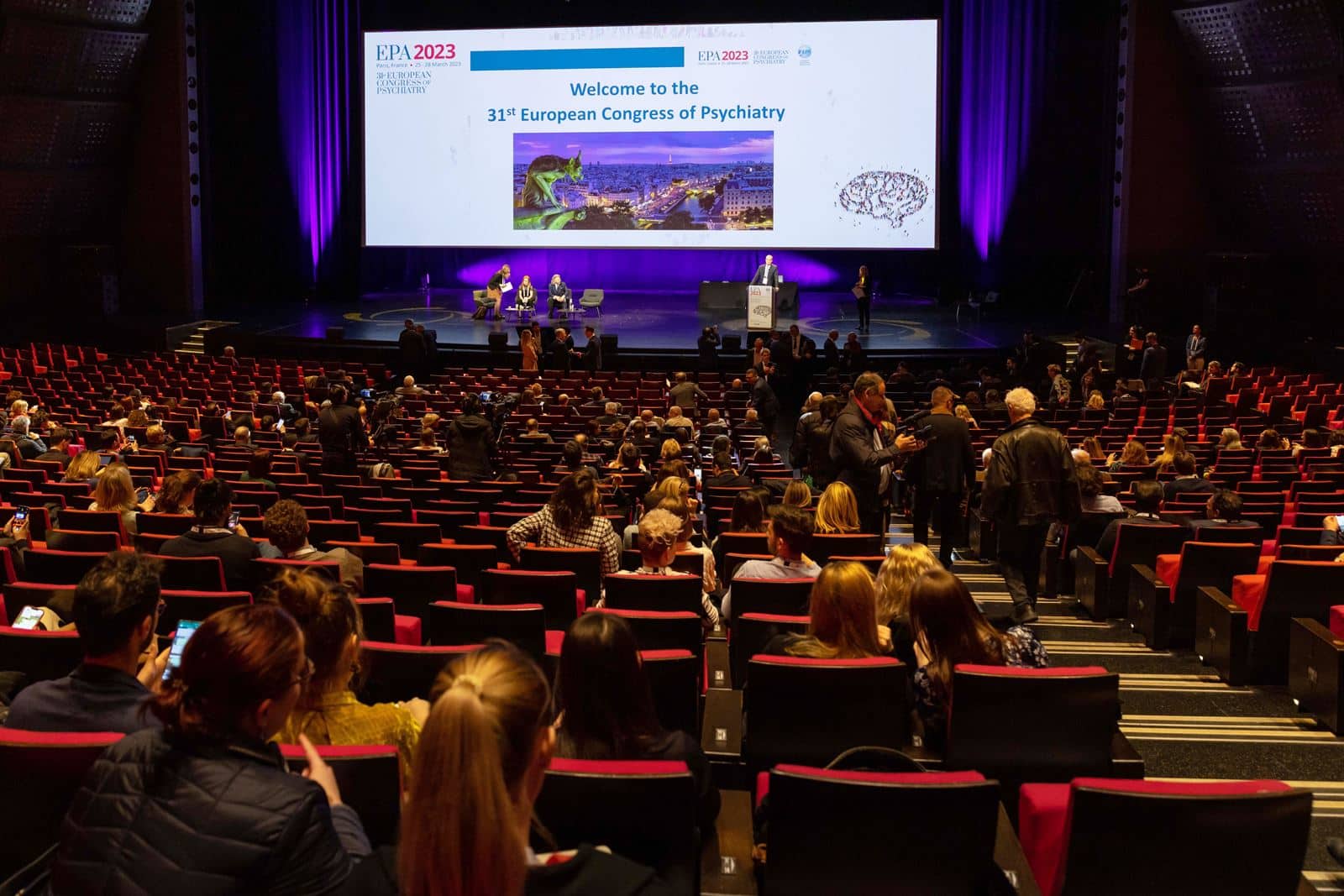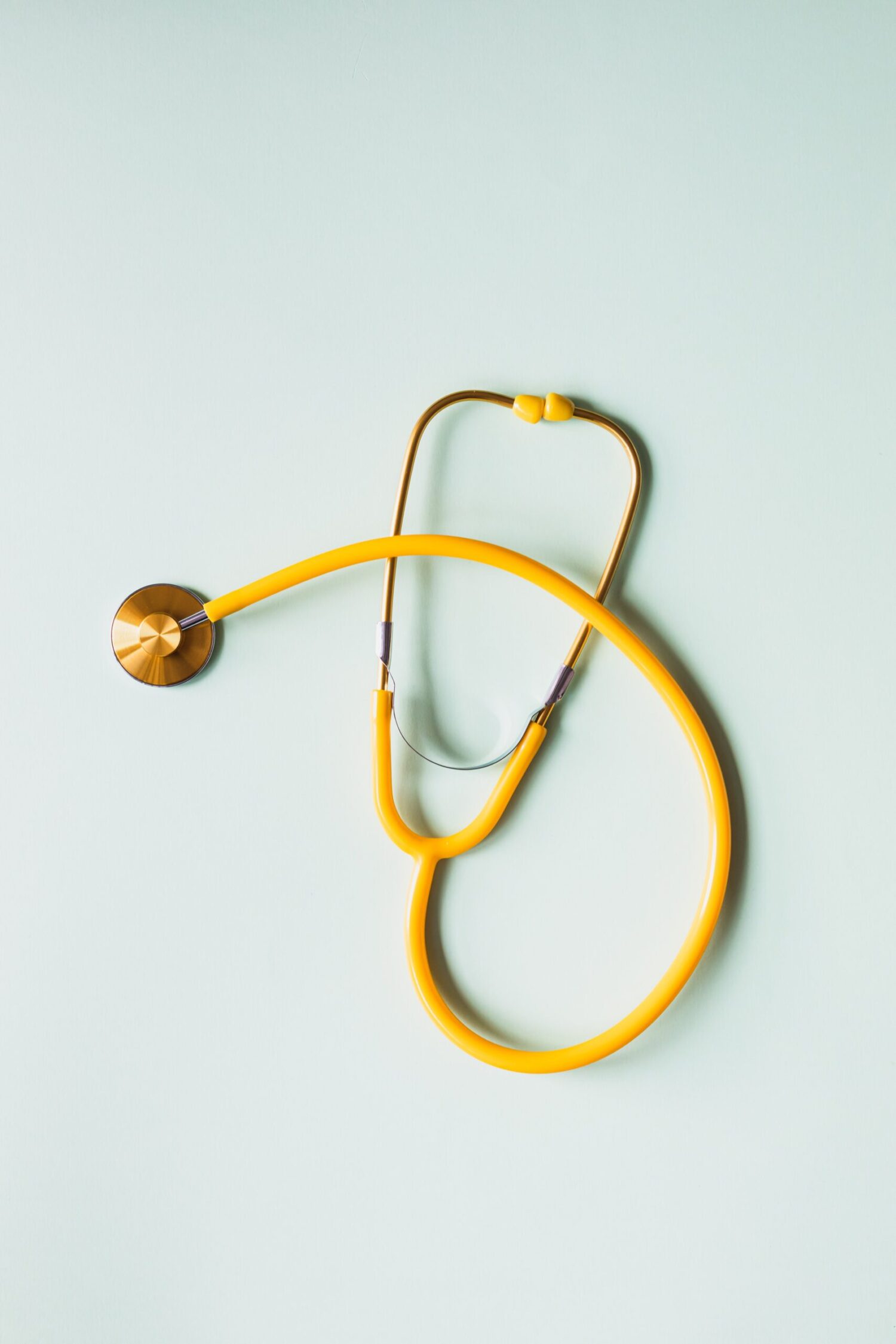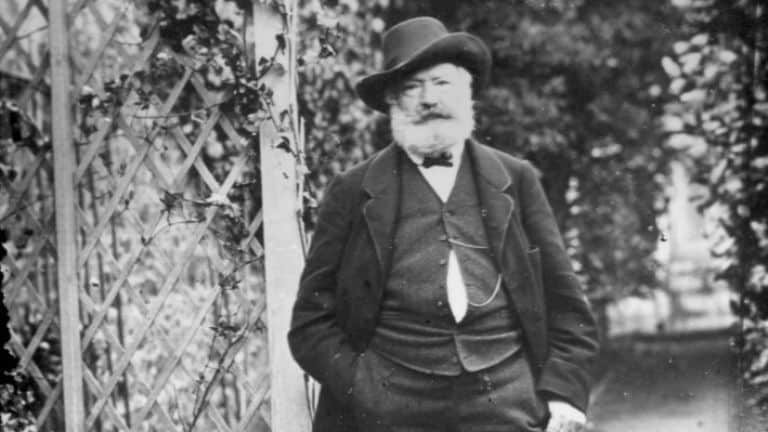António Guterres was speaking to journalists in the Kenyan capital, Nairobi, where he will be chairing a meeting of chief executives from across the whole UN system.
Since violence erupted in Sudan on 15 April, more than 334,000 have likely been uprooted and more 100,000 people have fled to neighbouring countries, according to UN aid coordination office, OCHA.
Hostilities between the rival militaries of the Sudan Armed Forces and the Rapid Support Forces (RSF) have raged for nearly three weeks, despite repeated announcements and failed extensions of ceasefires between the two sides.
Latest UN figures show at least 528 have died during the fighting, with nearly 4,600 injured, though many more are thought to have perished due to the disruptions in critical services, including healthcare.
Peace, and civilian rule
“All parties must put the interests of the Sudanese people first”, said the UN chief, “and that means peace and a return to civilian rule, allowing for the development of the country.
“We are putting these goals front and centre as we engage with the parties to the conflict, and work hand-in-hand with the African Union and the Intergovernmental Authority on Development (the regional body, IGAD).”
Mr. Guterres reiterated that the Sudanese people were “facing a humanitarian catastrophe”, while millions now face food insecurity.
He said the UN was “ready to deliver”, under the leadership of his Special Representative – and head of UN mission in Sudan, UNITAMS – Volker Perthes.
“Aid must be allowed into Sudan, and we need secure and immediate access to be able to distribute it to people who need it most”, he said.
Relief chief calls for safe passage agreements
Top UN humanitarian official Martin Griffiths on Wednesday urged Sudan’s warring parties to commit to the safe passage of relief supplies, as terrified civilians continue to flee the country.
He arrived just hours ago in the UN aid hub of Port Sudan, on Sudan’s Red Sea coast.
“We can and should get assistance to the different parts of Darfur, to Khartoum. …and the agency representatives I met here this morning are unanimous about that. But to do that, we need access, we need airlifts, we need supplies that don’t get looted,” said emergency relief chief Griffiths.
Looting fears
Speaking from Port Sudan, Mr. Griffiths noted that the UN World Food Programme (WFP) had reported that six trucks heading to Darfur had been looted on Wednesday “despite assurances of safety and security”, amid the ongoing power struggle.
To help the most vulnerable communities in Sudan and to prevent further looting of relief supplies, Mr. Griffiths insisted on the need “to be sure that we have the commitments publicly and clearly given by the two militaries to protect humanitarian assistance, to deliver on the obligations to allow supplies of people to move”.
This commitment should apply even without a formal national ceasefire in place, he continued, by means of local arrangements “that can be depended on”.
Desperate health needs
Highlighting the scale of need in areas affected by heavy shooting and airstrikes, the UN relief chief reiterated that restoring medical assistance topped the list of priorities in the capital, Khartoum, where more than six in 10 health facilities are closed, and only around one in seven is operating normally.
“Many patients with chronic diseases, like kidney disease, diabetes and cancer, are unable to access the health facilities or medicines they need,” OCHA reported.
Providing safe water also remains a vital priority, to encourage communities to stay where they were so that they can receive help. “We have a plan for how we get supplies to these places” across the country including Darfur, Mr. Griffiths said. “We know how we can do this, and we will start doing it.”
Rainy season deadline
Humanitarians fear that unless such aid guarantees from the warring sides are secured, the situation in Sudan could deteriorate further.
“(The UN Food and Agriculture Organization) FAO and the UN World Food Programme, talked to me today about the importance of getting food and seeds into places which are going to be hard to reach because of the rainy season that’s coming in June, and with the planting season, which is also coming from May to July,” Mr. Griffiths said.
“We will still require agreements and arrangements to allow for movement of staff and supplies…. It’s a volatile environment”, he said.
“I think you will find if we have good funding that we will be able to do exactly what the people of Sudan require us to do and are entitled to see us do.”
‘We must act now’: IOM chief
In a statement issued on Wednesday, the head of the UN migration agency (IOM) António Vitorino, said the world “cannot turn a blind eye” to the crisis in Sudan.
It is imperative that we – as UN agencies, donors, individuals, as well as governments – collectively act and support the people of Sudan and neighboring countries.”
He commended all those nations keeping their borders open to those fleeing violence, calling for increased efforts to improve the conditions at border points, to allow more aid to flow.
Mr. Vitorino added that IOM was working with partners on an interagency and coordinated response plan and appeal, to scale up lifesaving aid. So far, there are six warehouses with supplies across five states inside Sudan, and more than 10,000 prepositioned core relief kits.




